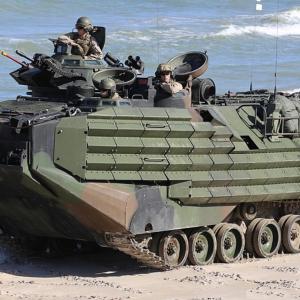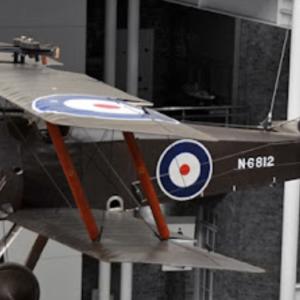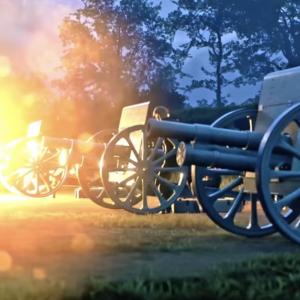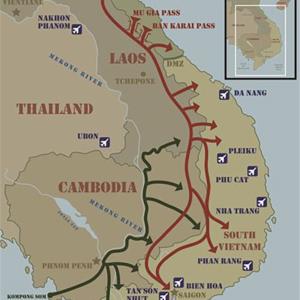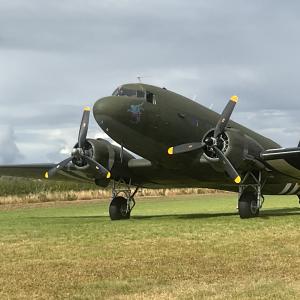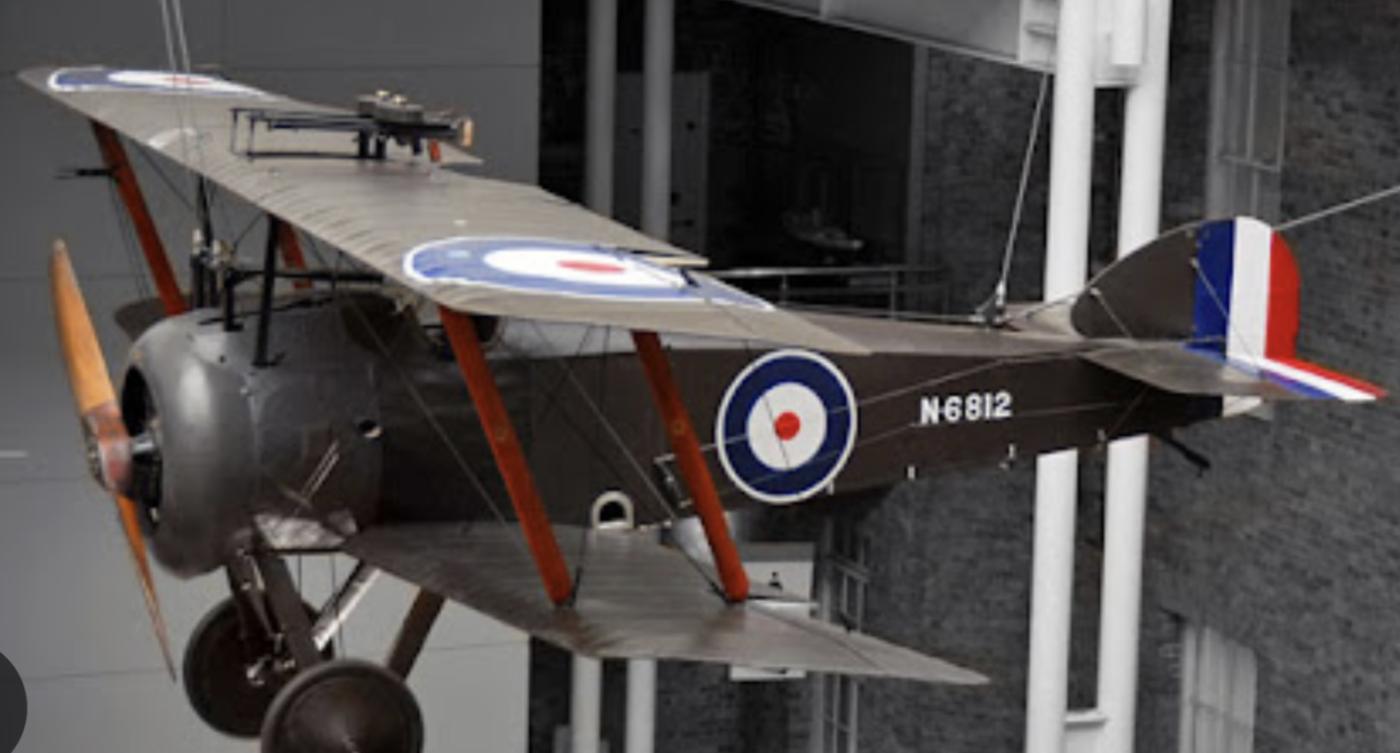
Sopwith Camel
The Sopwith Camel is one of the most iconic British fighter aircraft of the First World War. It is often admired for its manoeuvrability, its fame among pilots, and its combat record. It was designed by Herbert Smith of the Sopwith Aviation Company as a successor to earlier Sopwith fighters, particularly the Pup. The goal was to create a more powerful, better-armed, and more capable single-seat fighter that could match or outperform the best aircraft of its time.
The Camel was built in large numbers—not only by Sopwith itself, but also by a network of contractors to meet wartime demand. A total of around 5,490 were produced. Manufacturers included firms like Boulton & Paul, Ruston Proctor, Clayton & Shuttleworth, Hooper & Co., and several others. Its widespread production ensured it could be deployed on a broad scale across multiple fronts.
The aircraft carried two synchronized .303-inch Vickers machine guns, mounted directly in front of the cockpit and firing forward through the spinning propeller. This configuration made it the first British fighter to mount twin forward-firing guns as standard. The firepower was a significant step up from earlier designs, giving it a decisive edge in aerial combat.
Several variants of the Camel were developed to suit different missions. The 2F.1 Ship’s Camel was adapted for naval use, and featured a combination of a Vickers gun and a Lewis gun mounted above the upper wing. This allowed pilots to use incendiary ammunition or fire above the arc of the propeller. A night fighter version, unofficially nicknamed the “Comic,” moved the cockpit further back and replaced the synchronized Vickers guns with twin Lewis guns on over-wing mountings, allowing for easier reloading and less blinding muzzle flash during night operations. Some Camels were also modified to carry small bombs, such as four 20-pound Cooper bombs, making them capable of ground-attack missions.
The Camel was powered by a variety of rotary engines, depending on the production model. The most common engine was the Clerget 9B, which produced 130 horsepower. Other versions used the Le Rhône 9J or the more powerful Bentley BR1, which delivered around 150 horsepower. These engines, with their rotating mass, gave the Camel a unique flight characteristic: it could turn sharply to one side due to the gyroscopic effect, which made it exceptionally nimble in combat but also tricky to handle. New pilots often struggled with its quirks, and a significant number of accidents occurred during training or non-combat flights.
Despite its demanding handling, the Camel proved to be one of the most successful Allied fighters of the war. It was credited with shooting down over 1,290 enemy aircraft, more than any other British type. It entered service in mid-1917 and quickly helped to turn the tide in several air campaigns. Its combat effectiveness, combined with its adaptability for ground attack and home defense missions, made it a critical part of the Royal Flying Corps and later the Royal Air Force’s strategy.
By the end of the war, the Camel was already becoming outdated by newer designs, and it was gradually retired from frontline service. By the early 1920s, it had been fully withdrawn. While many were preserved for display, and some may have been used for civilian purposes or training, the Camel did not see combat in the Second World War. By then, aviation technology had advanced far beyond its capabilities.

